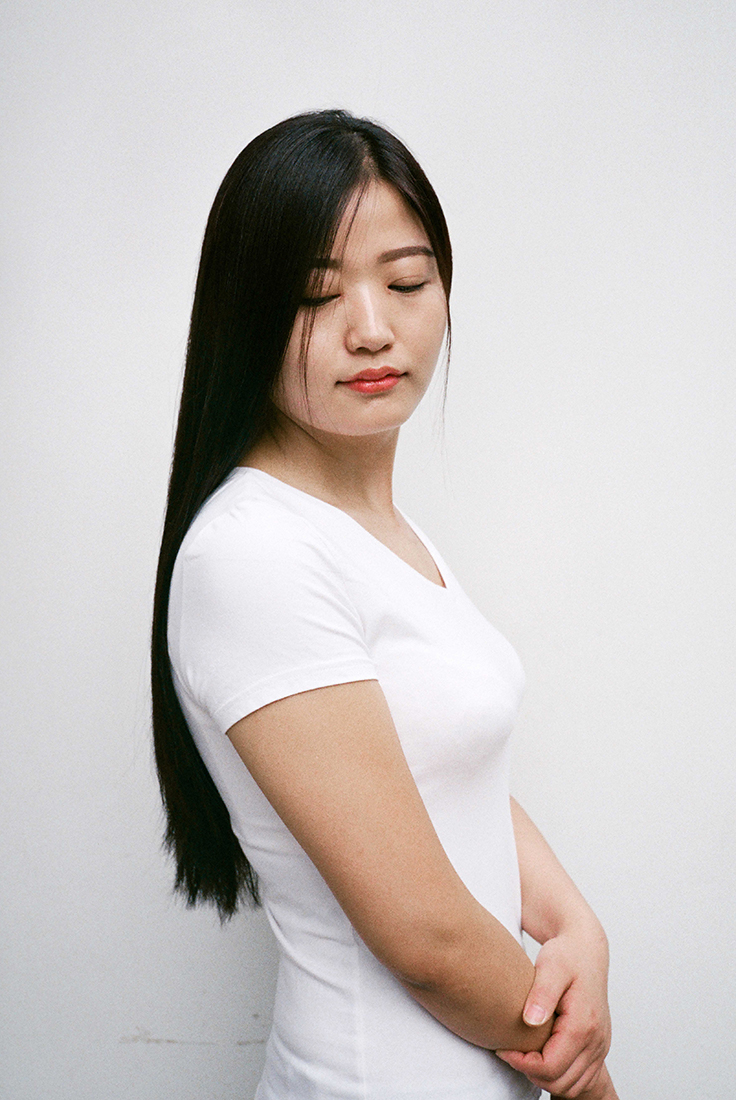Talent of the Year 2020 - NOMINEE: Leafhopper Blanca Galindo & David Simon
Photo © Leafhopper Blanca Galindo & David Simon
Leafhopper Blanca Galindo & David Simon
It's a Wonderful Life
Support this photographer - share this work on Facebook.
According to scientific Carlos López Otín, at the beginning of life, unicellular organisms were living on a great cosmic boredom as immortal living creatures. Life, as we know it today, started when unicellular organisms began to cooperate and became multicellular creatures. This association, however, brought illness and death. Concepts, such as religion, love, tribe or family, have been historically created in order to accept the fact that all that is alive is going to die.
As a symptom of our modern society, where everything tends to be pathologicable, the term addiction immediately refers to something pathological. Addiction is assumed as a lack of will. The ones judged as weak in spirit are used by others to self-legitimize their morality. In Ancient Rome, Addictus was reportedly someone who lived life without measure and spent his money extremely fast. Eventually, the term addicted was used to define people who have an uncontrollable need for consumption. Otherwise, it could be described as an exacerbated self-concern. And if we accept this etimology reference as valid, we are talking about those who don’t adapt to certain standards.
Who defines what an addiction is? What are the criteria? On the basis of what? The speaker has the power to define, but who can, for what purpose and from where? In The History of Sexuality, Vol. 2: the Use of Pleasure, Foucault highlights a series of fundamental questions, for example: Which tricks have lead human beings to recognized themselves as beings of desire? Where does this ethical concern come from?
Perhaps, here we have a subversive ethopoetic series of those who have extreme practices with themselves, those ones that confront not only moral and ethical schemes, but also medical institutions schemes; of those who confront the ones who are always willing to attack someone else’s shame.
This series of images with no beginning and no end shows the cloudy duality in which individuals could be understood both as subversive beings, rising up against social standards, and as drifting victims of a lack of emotional connection, individualism, global dislocation or consumerism.
Maybe, living through desire has been something inherent to human beings and other animals over the course of their history. And these emotional, chemical inventions, being part of reality or not, called addictions, may become part of the adaptation to life.
Understanding addiction both as an adaptation, and as a subversion. It’s a wonderful life presents an “amazing life” that may seem troubled, full of pain, individualism or isolation, but that could be eventually seen as a beautiful struggle to survive.
About author:
Leafhopper – Barcelona / Murcia (1984) www.leafhopper.eu
David Simon Martret & Blanca Galindo (1984) are a documentary photography duo working together as Leafhopper and currently living between Barcelona and Kuala Lumpur. David studied philosophy at UB and photography at IEFC. Blanca obtained her Media degree at UAB and University of California SB, expanding her photo studies at IDEP and Cienojos's Invernadero Grant. They combine assignments and personal projects. Their photography works and articles explore human adaptation in controversial politico-social environments, creating critical and self-reflexive documents. Particularly interested in exploring the concept of identity in marginal contexts, their work has appeared in media such as VICE, Aint Bad, Fisheye Magazine, Yet Magazine, Playground Magazine, Yorokobu, El País Semanal, Bust Magazine, Darwin Magazine, Humble Arts Foundation or JUICE Magazine.
Their work has also been exhibited at festivals such as Encontros da Imagem, PhotoIreland, Obscura Photofestival, Scan Festival, Art Photo Barcelona or Visa pour l'image. Their last work “It's a Wonderful Life” it is a visual essay about general addictions was finalist at Gomma Photography Grant and solo exhibited in PhotoEspaña.

